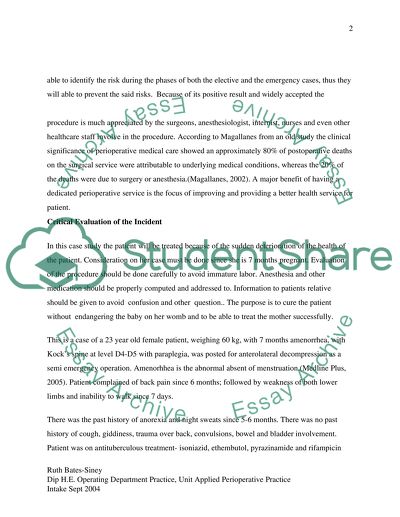Cite this document
(“Non-Scheduled Perioperative Care Essay Example | Topics and Well Written Essays - 2000 words”, n.d.)
Non-Scheduled Perioperative Care Essay Example | Topics and Well Written Essays - 2000 words. Retrieved from https://studentshare.org/health-sciences-medicine/1510106-non-scheduled-perioperative-care
Non-Scheduled Perioperative Care Essay Example | Topics and Well Written Essays - 2000 words. Retrieved from https://studentshare.org/health-sciences-medicine/1510106-non-scheduled-perioperative-care
(Non-Scheduled Perioperative Care Essay Example | Topics and Well Written Essays - 2000 Words)
Non-Scheduled Perioperative Care Essay Example | Topics and Well Written Essays - 2000 Words. https://studentshare.org/health-sciences-medicine/1510106-non-scheduled-perioperative-care.
Non-Scheduled Perioperative Care Essay Example | Topics and Well Written Essays - 2000 Words. https://studentshare.org/health-sciences-medicine/1510106-non-scheduled-perioperative-care.
“Non-Scheduled Perioperative Care Essay Example | Topics and Well Written Essays - 2000 Words”, n.d. https://studentshare.org/health-sciences-medicine/1510106-non-scheduled-perioperative-care.


